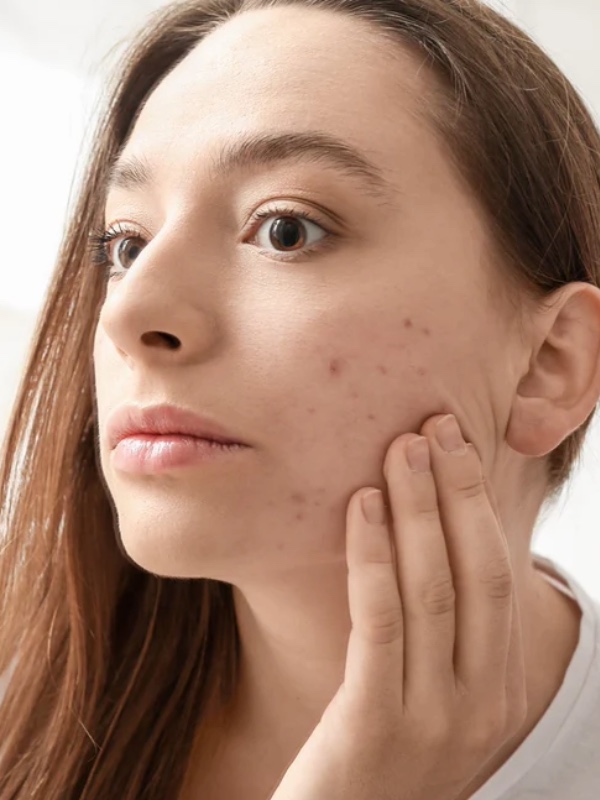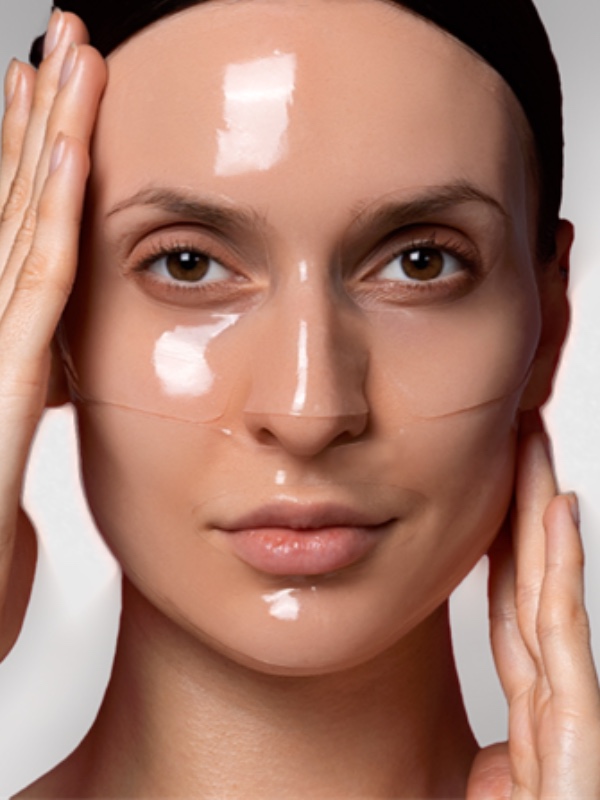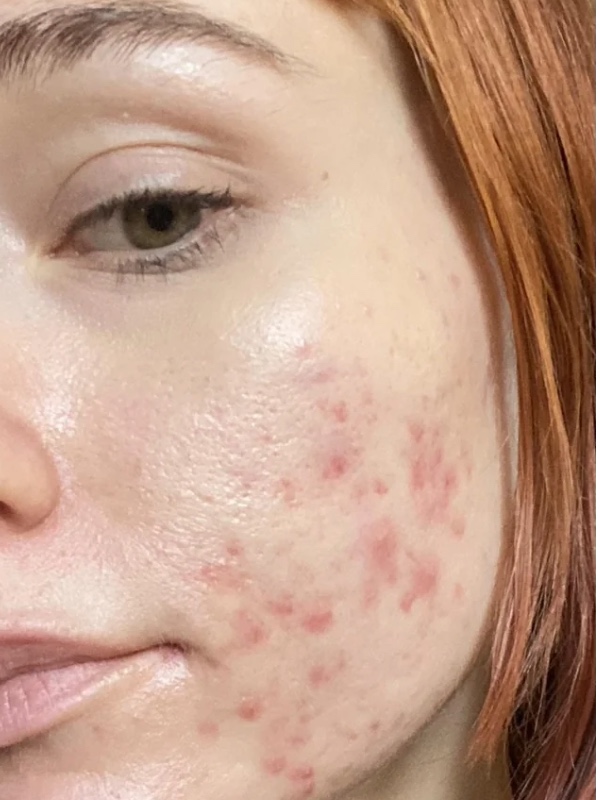Last Sunday during my walk along Southsea Beach, I found myself wondering: how many of the people passing me had applied SPF that morning? And of those who had, how many truly understood what SPF is — or how to tell if their sunscreen is doing what it promises?
This isn't just idle curiosity. In 2024, only 22% of the UK population applied SPF daily. That’s a shocking figure when you consider that 1 in every 41 women will be diagnosed with melanoma during their lifetime, according to Cancer Research UK, and over 23,000 cases of non-melanoma skin cancer are diagnosed annually in the UK, according to Skcin.org.
As a skincare professional working with women aged 30 to 70, many of whom live in sunny coastal areas like the south of England, I can’t stress enough the importance of understanding sunscreen - and choosing the right one for your skin, lifestyle, and environment.
Let’s explore what SPF really means, the difference between UVA and UVB, how different sunscreen ingredients work, and why selecting the right product can make all the difference.
What Does SPF Really Mean?
SPF, or Sun Protection Factor, tells us how long you can stay in the sun without burning when wearing sunscreen compared to having none at all. For example, SPF 30 allows you to stay in the sun 30 times longer before burning than if you were unprotected. But SPF only measures UVB protection - the rays responsible for sunburn. It does not tell you how well your skin is being shielded from UVA rays, which are equally (if not more) damaging.
SPF is measured under controlled laboratory conditions. Human volunteers have sunscreen applied and are exposed to UVB light; the amount of light needed to cause slight redness in protected vs. unprotected skin is compared. This gives the SPF rating. For example, if it takes 300 seconds to burn with sunscreen but only 10 without, the SPF is 30.
Understanding UVA vs. UVB: Both Matter
- UVB rays (think B for burn) are shorter in wavelength and primarily responsible for surface damage like sunburn. They are most intense from spring to autumn, between 10am and 4pm.
- UVA rays (think A for ageing) penetrate deeper into the dermis, where they break down collagen and elastin, accelerating wrinkles and pigmentation. They are consistent year-round and can even penetrate glass.
That’s why broad-spectrum protection - covering both UVA and UVB - is absolutely critical.
The Ingredients Behind Sun Protection
Sunscreens are made with chemical or mineral (physical) filters - or a combination of both. Each has its role in effective skin protection.
Chemical Filters
These include ingredients like avobenzone, octocrylene, and octinoxate. They absorb UV rays and convert them into heat. Chemical filters tend to be lightweight, invisible on the skin, and easier to formulate elegantly with skincare or makeup. However, they are more likely to cause irritation in sensitive skin, and some degrade in sunlight unless stabilised.
Mineral (Physical) Filters
These use zinc oxide and titanium dioxide, which sit on the surface of the skin and reflect or scatter UV rays. They provide immediate broad-spectrum protection, making them ideal for sensitive skin. However, because they do not penetrate the skin, they wear off more easily due to sweat, water, or touching your face - requiring frequent reapplication. Early formulations left a white cast, although this has improved with micronised technology.
Which Is Best?
In truth, neither is perfect alone. Hybrid sunscreens, which combine chemical and mineral filters, offer the best of both worlds: broad protection, cosmetic elegance, and durability. For real-world use - especially on ageing or sensitised skin - we recommend formulas that contain both.
What About Blue Light and Red Light?
Beyond UV, modern sunscreens are starting to address HEV (High Energy Visible) light — particularly blue lightemitted from screens and sunlight. This can contribute to pigmentation and oxidative stress. Iron oxides, niacinamide, and antioxidants like vitamin C and E are helpful additions that neutralise this damage.
Red light, a lower-energy visible wavelength, has less evidence of direct harm but can still stimulate inflammatory pathways in sensitive or rosacea-prone skin. Again, a combination of physical filters and antioxidant-rich skincare helps mitigate its effects.
How to Choose the Right SPF for Coastal Living
If you live by the sea, your skin is exposed to intense, reflected UV from water and sand. You’ll want:
- SPF 30 or higher: Offers up to 97% protection from UVB rays.
- Broad-spectrum protection: Essential to guard against UVA ageing damage.
- Photostability: So the formula doesn't break down after 2 hours in the sun.
- Hydrating and antioxidant ingredients: To combat dryness and free radical damage.
- Cosmetic elegance: A product you enjoy wearing is one you’ll apply consistently.
Our Professional Recommendation: Face Guard Advanced by Janssen Cosmetics
As a skin expert, I only recommend products that meet clinical standards, provide real-world efficacy, and support long-term skin health. One standout is Face Guard Advanced from Janssen Cosmetics.
This high-performance, broad-spectrum sunscreen offers:
- UVA and UVB protection with SPF 30
- A lightweight, non-greasy texture that sits beautifully under makeup
- DNA-protecting actives and antioxidants to reinforce the skin’s defences
- Non-comedogenic, fragrance-free, and gentle on mature or sensitive skin
What sets it apart is its balance: photostable filters, high tolerability, and anti-ageing support in a formula people actually enjoy using. Consistent use of a product like this can dramatically reduce pigmentation, protect collagen, and preserve youthful clarity — especially for skin exposed to the unpredictable British coastline.
Final Thoughts
Sun protection isn’t just a summer concern - it’s a 365-day-a-year commitment, especially for women in their 30s to 70s who want to maintain luminous, resilient skin. By understanding what SPF numbers mean, choosing broad-spectrum products, and reapplying them regularly, you’re not just preventing sunburn - you’re actively investing in the future health of your skin.
Remember, the best sunscreen is the one you’ll use every day. When chosen wisely, it becomes one of the most powerful anti-ageing tools in your skincare arsenal.




